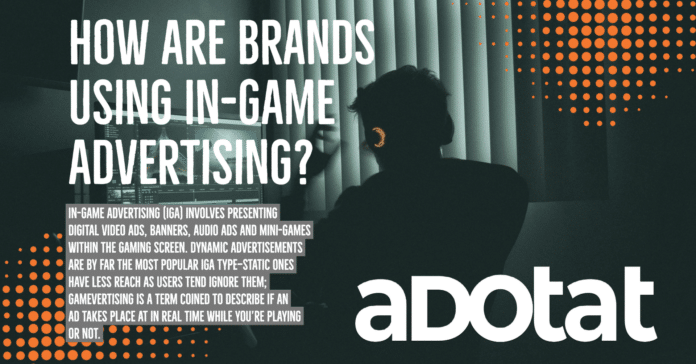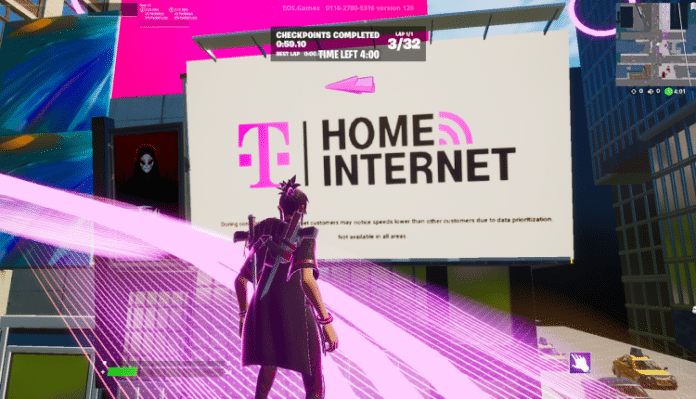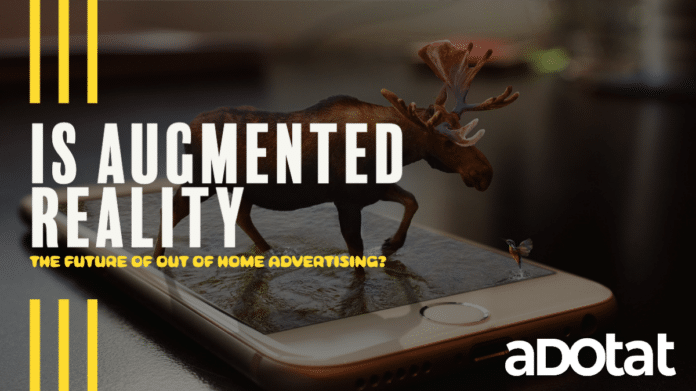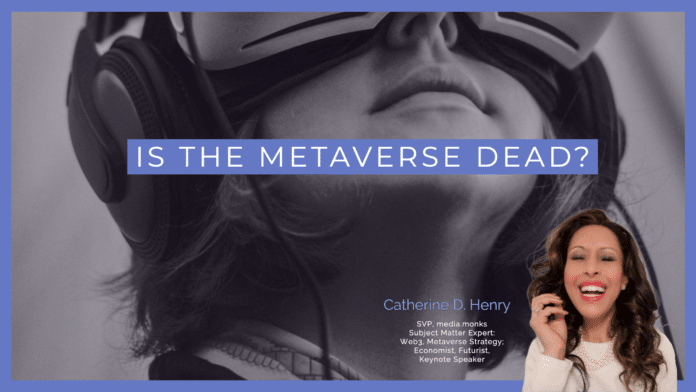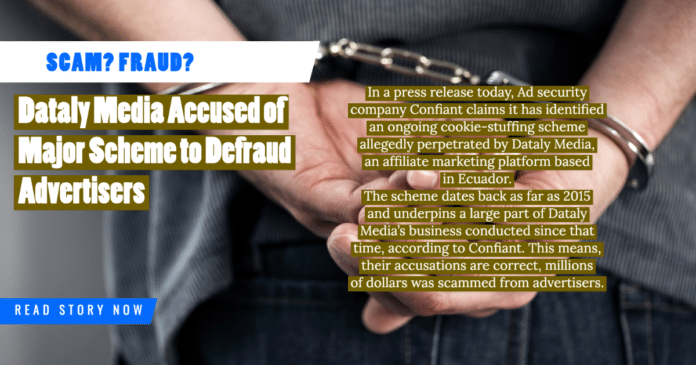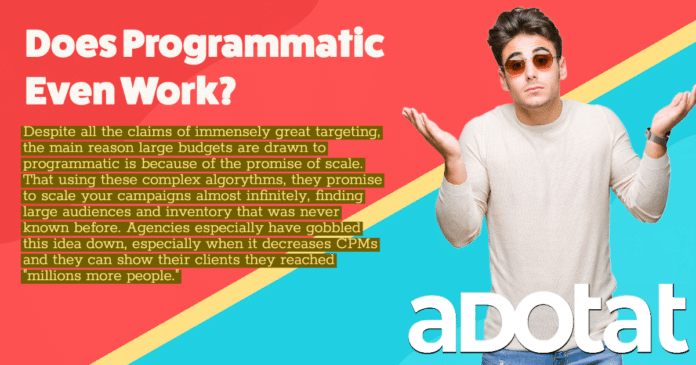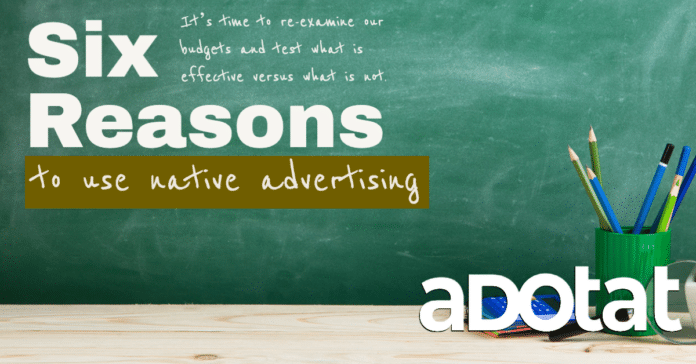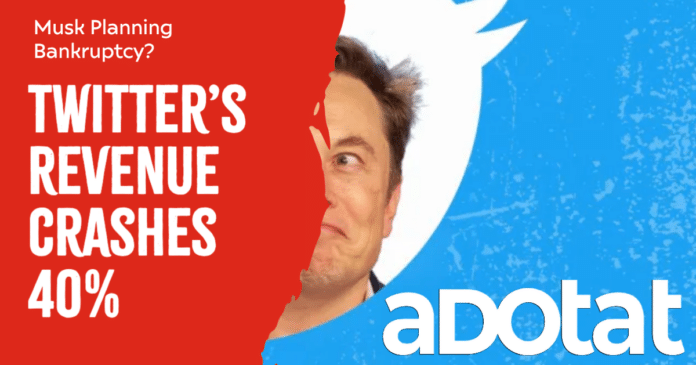Video games have come a long way from the arcade and console games of the past. The evolution of technology has brought about a new kind of immersive experience in gaming. Forty percent (40%) of GenY and millennial consumers play games on their smartphones—more than any other form of entertainment*.
In-game advertising (IGA) involves presenting digital video ads, banners, audio ads and mini-games within the gaming screen. Dynamic advertisements are by far the most popular IGA type—static ones have less reach as users tend ignore them; gamevertising is a term coined to describe if an ad takes place at in real time while you’re playing or not.
IGA has a lot to offer to brands that want to increase their visibility and reach a specific target audience. For one, IGA helps to make your brand more visible, especially on advertising channels with low competition. Additionally, by choosing the perfect in-game advertising strategy, you can easily differentiate your brand from the rest of the competition.
Here are five examples of in-game advertising and how they worked:
1) McDonald’s in “FIFA” – In FIFA, players could choose to sponsor their team with McDonald’s, and the fast-food giant’s logo would appear on the virtual stadium and players’ uniforms. This helped McDonald’s reach a global audience of FIFA fans who were already engaged with the game.
2) Mercedes-Benz in “Need for Speed” – Mercedes-Benz in-game advertising in the popular racing game, Need for Speed, helped the car manufacturer showcase their cars in a high-speed and exciting environment, appealing to the target audience.
3) Coca-Cola in “Candy Crush” – Coca-Cola in-game advertising in Candy Crush allowed the brand to reach a large audience of mobile gamers who were already engaged with the game. Coca-Cola’s in-game ads helped the brand to increase its visibility and appeal to a specific target audience.
4) Nike in “NBA 2K” – Nike in-game advertising in NBA 2K allowed the sportswear brand to reach a global audience of basketball fans who were already engaged with the game. Nike’s in-game ads helped the brand to increase its visibility and appeal to a specific target audience.
5) Subway in “Grand Theft Auto V” – Subway in-game advertising in Grand Theft Auto V allowed the fast-food chain to reach a global audience of gamers who were already engaged with the game. Subway’s in-game ads helped the brand to increase its visibility and appeal to a specific target audience.
What are some issues that brands have found about in-game advertising?
1) Ad Placement: One of the biggest difficulties for brands when it comes to in-game advertising is finding the right place to place their ad. This can be a challenge as the ad needs to be visible and engaging, but also not disruptive to the gaming experience.
2) Audience Segmentation: Another difficulty is understanding the target audience and segmenting them correctly. In-game advertising can attract a diverse audience, and not all of them may be interested in the brand’s products or services. Brands need to understand the demographics and interests of their target audience to ensure that their ad reaches the right people.
3) Ad Format: Some brands may struggle with finding the right ad format that aligns with the gaming experience. This can include choosing the right type of ad, such as a video, banner, or interactive ad, that is not intrusive and provides a positive gaming experience.
Ad Blocking: With the rise of ad-blockers, brands may find it difficult to ensure that their in-game ads are being seen by users. This can lead to a decrease in ad effectiveness and a loss of potential customers.
4) Measurement and Analytics: Measuring the effectiveness of in-game advertising can be difficult for brands. Traditional metrics such as click-through rates or conversion rates may not be the best way to track the success of an in-game ad. Brands need to find new ways to measure the impact of their in-game ads and analyze the data to improve their future campaigns.
With the gaming industry continually growing, it’s not surprising that companies have emerged to provide in-game advertising services for brands.
Here are three of the top companies that provide in-game advertising:
Unity Technologies: Unity Technologies is a leading provider of in-game advertising for mobile and PC games. They offer a variety of in-game advertising options such as video ads, banners, and interstitials, which can be integrated into a variety of games. Their platform also allows for targeting specific audiences and measuring ad performance. Unity Technologies works with a wide range of brands and game developers, making it a popular choice for in-game advertising.
IronSource: IronSource is another leading provider of in-game advertising. They specialize in mobile games and offer a variety of ad formats such as rewarded video, interstitial, and banner ads. Their platform also allows for targeting specific audiences and measuring ad performance. IronSource works with a wide range of brands and game developers and is known for its ability to generate high revenue for game developers.
AppFlood: AppFlood is a mobile in-game advertising platform that allows brands to reach their target audience through a variety of ad formats such as video, interstitial, and banner ads. They offer a variety of targeting options and real-time analytics, making it easy for brands to track the performance of their ads. AppFlood works with a wide range of brands and game developers and is known for its ability to generate high revenue for game developers.
Fortnite is a massively popular online multiplayer game that offers a wide range of in-game advertising opportunities for brands. One of the most popular ways for brands to advertise in Fortnite is through the use of branded skins, which allow players to customize their in-game characters with the look and feel of a particular brand. Additionally, brands can also take advantage of in-game billboards and other forms of in-game signage to promote their products and services.
Another popular method is through the use of branded challenges and events that allow players to compete for prizes and rewards related to a particular brand. Overall, Fortnite offers a wide range of in-game advertising opportunities for brands looking to reach a highly engaged and active audience of players.
in-game advertising is a powerful tool for brands looking to reach a specific target audience and make their brand more visible in a competitive market. With the rise of mobile gaming, virtual reality, and streaming platforms, the opportunities for in-game advertising are only set to increase in the future.
Companies such as Unity Technologies, IronSource, InMobi, and Vungle are leading the way in providing innovative solutions for brands looking to tap into the growing market of in-game advertising. As technology continues to evolve and more people spend their time playing games, we can expect to see an even greater demand for in-game advertising in the years to come. Brands that are able to effectively leverage this medium will have a significant advantage over their competitors.


